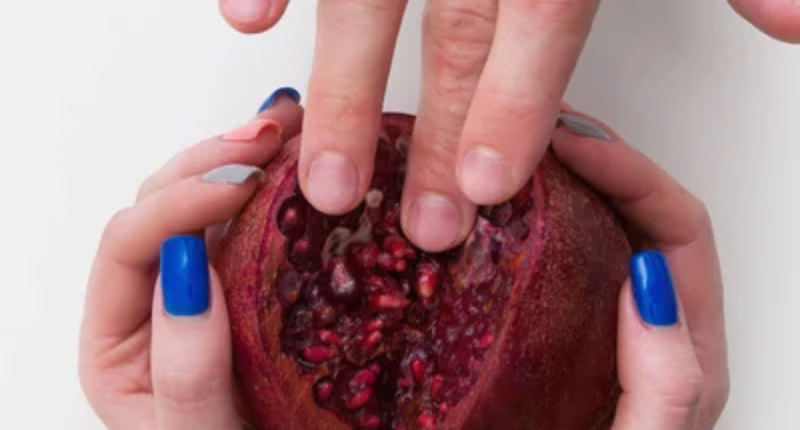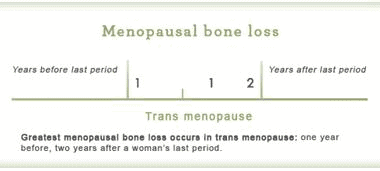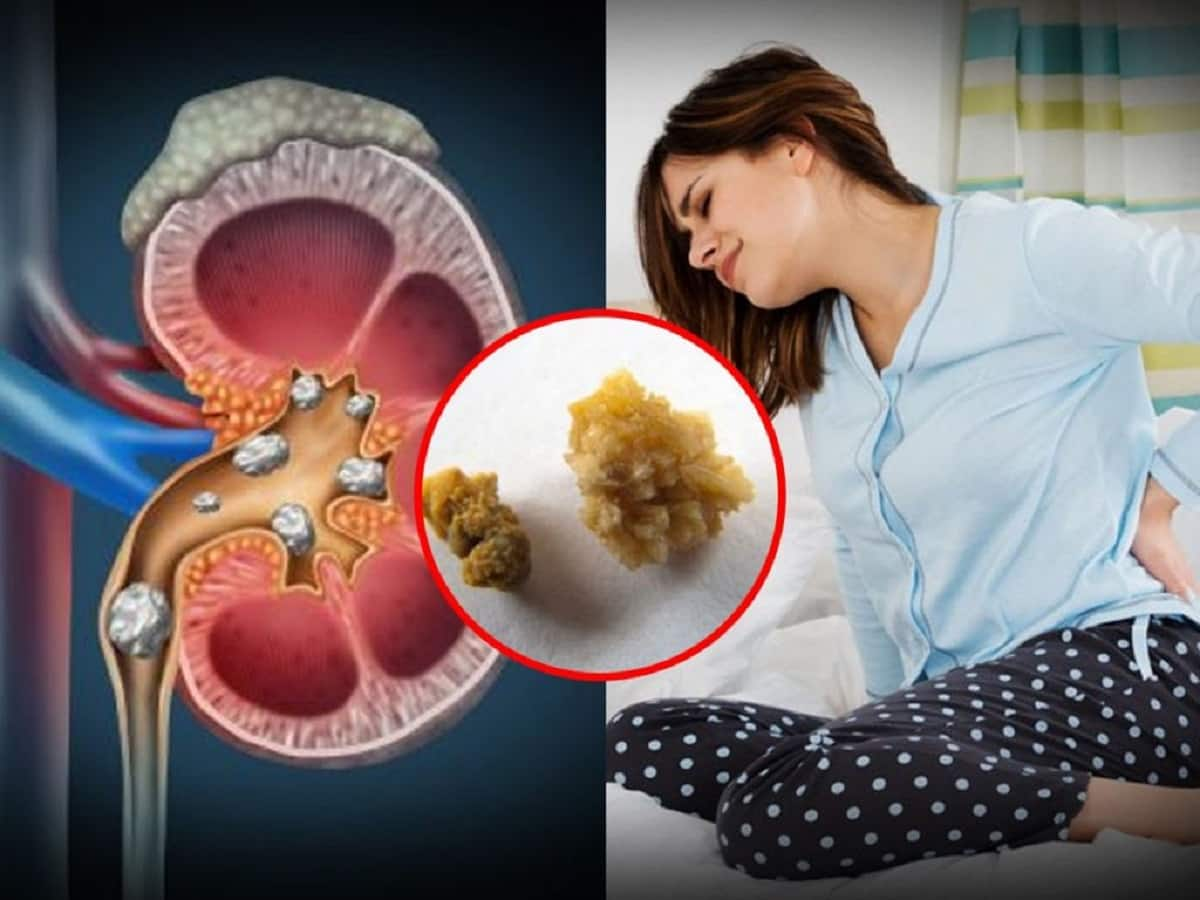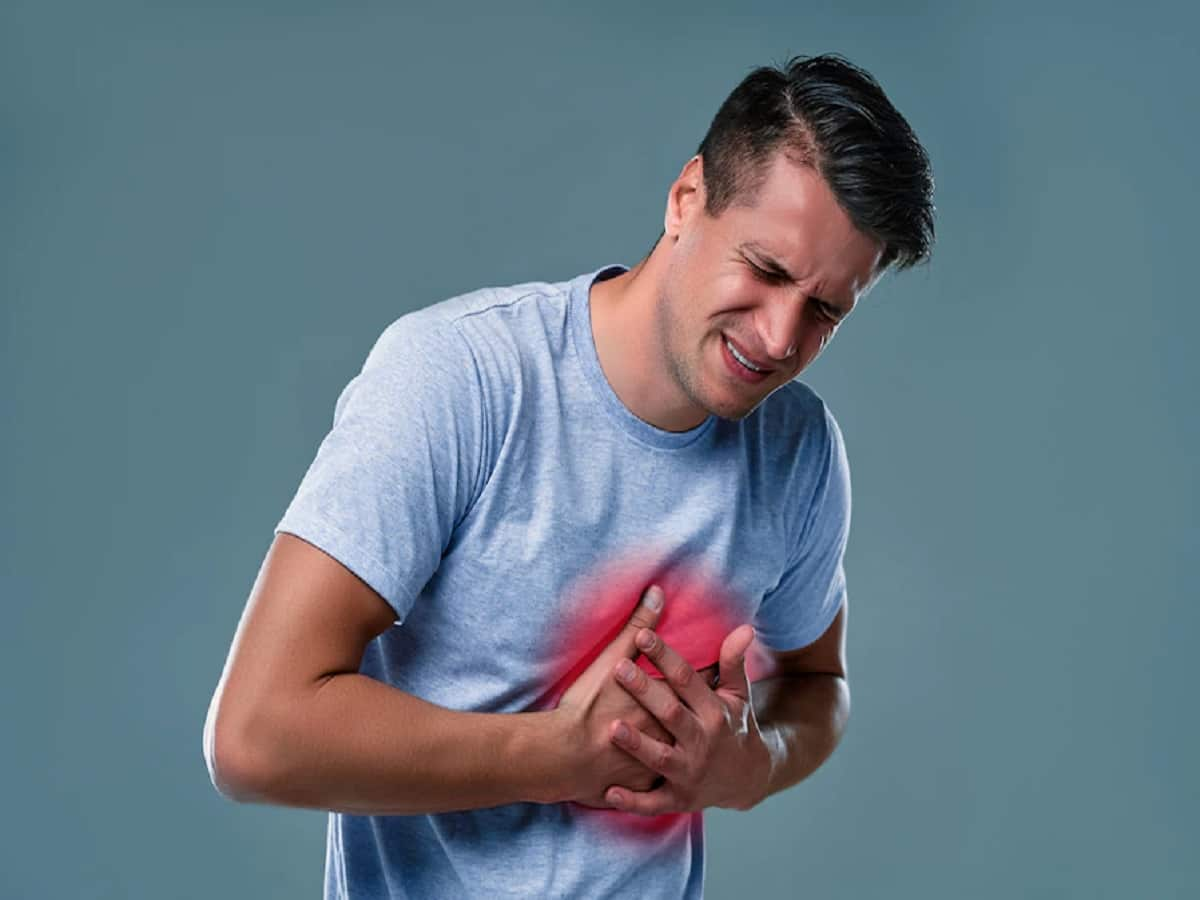Can Getting Fingered Cause Yeast Infection? Yeast infections, also known as vaginal candidiasis or vulvovaginal candidiasis, are a common type of fungal infection that can affect the genital area of individuals with vaginas. They are primarily caused by an overgrowth of the fungus Candida albicans. While yeast infections typically occur due to a variety of factors such as hormonal changes, weakened immune systems, or the use of antibiotics, there is some debate regarding whether getting fingered can directly cause yeast infections.
Fingering involves the manual stimulation of the vagina using fingers. The vaginal environment is naturally home to a mix of bacteria and fungi, including Candida. Normally, these microorganisms coexist in a balance. However, disruptions to this balance can lead to overgrowth of Candida, resulting in a yeast infection.
can getting fingered cause yeast infection?
Some experts suggest that introducing foreign objects, like fingers, into the vaginal area can potentially disrupt the natural balance and microflora, potentially allowing Candida to grow more easily.
- Nevertheless, for a fact, finger stimulation itself may not directly cause a yeast infection. However, there are a few ways in which sexual activity, including fingering, might potentially increase the risk:
Dirty fingers: If fingers or hands are not clean, there’s a possibility that harmful bacteria or yeast could be introduced to the vaginal area. This could potentially disrupt the natural balance of microorganisms and contribute to the development of a yeast infection.
Irritation: Excessive or rough fingering could cause irritation or small tears in the vaginal area. This irritation might create an environment in which Candida yeast can thrive.
Transmission from partner: If the partner’s hands or fingers carry yeast or bacteria, there’s a chance of transmission during sexual activity.
Changing pH levels: The vaginal environment has a delicate pH balance. Certain sexual activities might impact this balance and create conditions favorable for yeast overgrowth.
Other causes of yeast infection
Other factors and conditions that can contribute to the development of yeast infections:
Antibiotics: Taking antibiotics can disrupt the balance of normal microorganisms in the body, including the beneficial bacteria that help keep Candida in check. This disruption can lead to an overgrowth of yeast and result in an infection.
Weakened Immune System: Individuals with compromised immune systems, such as those with HIV/AIDS, cancer, or autoimmune diseases, are more susceptible to yeast infections due to their reduced ability to fight off fungal overgrowth.
Diabetes: Poorly controlled diabetes can create an environment with high levels of glucose in bodily fluids, which can promote yeast growth. Yeast feeds on sugar, and this can lead to an increased risk of infections.
Pregnancy: Hormonal changes during pregnancy can alter the vaginal environment, making it more conducive to yeast growth. Pregnant women are at a higher risk of developing yeast infections.
Hormonal Birth Control: Birth control methods that contain hormones, such as estrogen, can alter the vaginal pH and create conditions favorable for yeast growth.
Clothing and Hygiene: Wearing tight-fitting, non-breathable clothing and using scented hygiene products can trap moisture and create an environment where yeast can thrive.
Diet: A diet high in sugars and refined carbohydrates can contribute to yeast overgrowth. Yeast feeds on sugar, so consuming excessive amounts of sugary foods can promote its growth.
High Humidity and Sweating: Excessive moisture in areas like the genital region can encourage yeast growth. This is especially relevant in hot and humid climates or during strenuous physical activities that cause sweating.
Weakened Intestinal Health: An imbalance in gut bacteria can affect the overall balance of microorganisms in the body, potentially leading to yeast overgrowth.
Use of Corticosteroids: Long-term use of corticosteroid medications, whether in the form of creams, inhalers, or oral medications, can suppress the immune system and create an environment conducive to yeast infections.
Sexual Activity: Sexual intercourse can sometimes lead to the introduction of new bacteria and yeast into the vaginal area, potentially disrupting the natural balance and causing an infection.
Underlying Medical Conditions: Certain medical conditions, such as HIV, cancer, and autoimmune disorders, can increase susceptibility to yeast infections.
Use of Harsh Cleansers: Using harsh soaps, douches, or other cleansing agents in the genital area can disrupt the natural balance of microorganisms and lead to yeast overgrowth.
Poor Hygiene: Not maintaining proper hygiene practices, such as not changing damp clothing promptly or not cleaning the genital area properly, can contribute to the development of yeast infections.
It’s important to note that while these factors can contribute to yeast infections, the primary cause remains the overgrowth of Candida fungus.
Yeast Infection symptoms
The most common symptoms of a yeast infection are:
- Itching and irritation in the vagina and vulva.
- A burning sensation, especially during intercourse or while urinating.
- Redness and swelling of the vulva.
- Vaginal pain and soreness.
- Vaginal rash.
- Thick, white, odor-free vaginal discharge with a cottage cheese appearance.
- Watery vaginal discharge.
Other symptoms of a yeast infection may include:
- Painful sex
- Painful urination
- Difficulty urinating
- A feeling of pressure in the vagina
- Pain in the lower abdomen
- Fever
- Body aches
If you experience any of these symptoms, it is important to see a doctor to get a diagnosis and treatment. Yeast infections are easily treated with antifungal medications, but it is important to get the correct diagnosis to avoid treating a more serious infection. [Source]
Yeast infection discharge – what it looks like
The most appearance of a yeast infection is a thick, white, odor-free vaginal discharge with a cottage cheese appearance. The discharge may also be clumpy or stringy. It is usually not itchy, but it can be.
In some cases, yeast infections can also cause a watery vaginal discharge. This discharge is usually clear or white and may be odorless or have a slight yeasty smell.
Yeast Infection Possible treatment
Yeast infections are easily treated with antifungal medications. There are two main types of antifungal medications used to treat yeast infections:
- Topical antifungal medications: These medications are applied directly to the vagina in the form of a cream, ointment, or suppository. They are available over-the-counter and by prescription.
- Oral antifungal medications: These medications are taken by mouth. They are usually prescribed for more severe yeast infections or for people who have not responded to topical treatment.
Some common topical antifungal medications for yeast infections include:
- Miconazole (Monistat)
- Clotrimazole (Gyne-Lotrimin)
- Terconazole (Terazol)
Some common oral antifungal medications for yeast infections include:
- Fluconazole (Diflucan)
- Itraconazole (Sporanox)
- Posaconazole (Noxafil)
It is important to follow the instructions on the medication label carefully. Most topical antifungal medications are used for one to seven days. Oral antifungal medications are usually used for one to three days. [Source]
If you have a yeast infection, it is important to complete the entire course of treatment, even if your symptoms go away sooner. Stopping treatment early can increase your risk of the infection coming back.
Some tips to help prevent yeast infections:
- Wear loose-fitting clothing.
- Avoid scented soaps and detergents.
- Keep the genital area clean and dry.
- Not use feminine hygiene products.
- Take probiotics.
- Eat yogurt.
- Drink cranberry juice.
Yeast infection healing signs
Here are some signs that your yeast infection is healing:
- The itching and irritation in your vagina and vulva will subside.
- The redness and swelling of your vulva will go down.
- The thick, white vaginal discharge will become thinner and less cottage cheese-like.
- The pain and soreness in your vagina will go away.
- The vaginal rash will disappear.
- Painful sex and painful urination will stop.
If you are taking antifungal medication, you should start to feel better within a few days. If your symptoms do not improve after a week of treatment, or if they get worse, you should see a doctor.[ Source]
Here are some other things to watch for as your yeast infection heals:
- The amount of vaginal discharge will decrease.
- The color of the vaginal discharge will become more clear or white.
- The smell of the vaginal discharge will become less noticeable.
- The skin around your vagina will return to its normal color and texture.
If you are taking antifungal medication, you should continue to take it for the entire course of treatment, even if your symptoms go away sooner. Stopping treatment early can increase your risk of the infection coming back.
Don’t miss: Human Papillomavirus (HPV) Everything You Should Know









